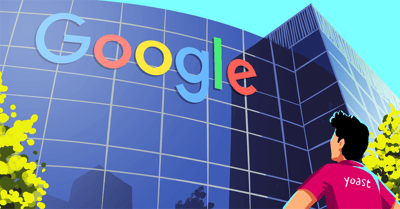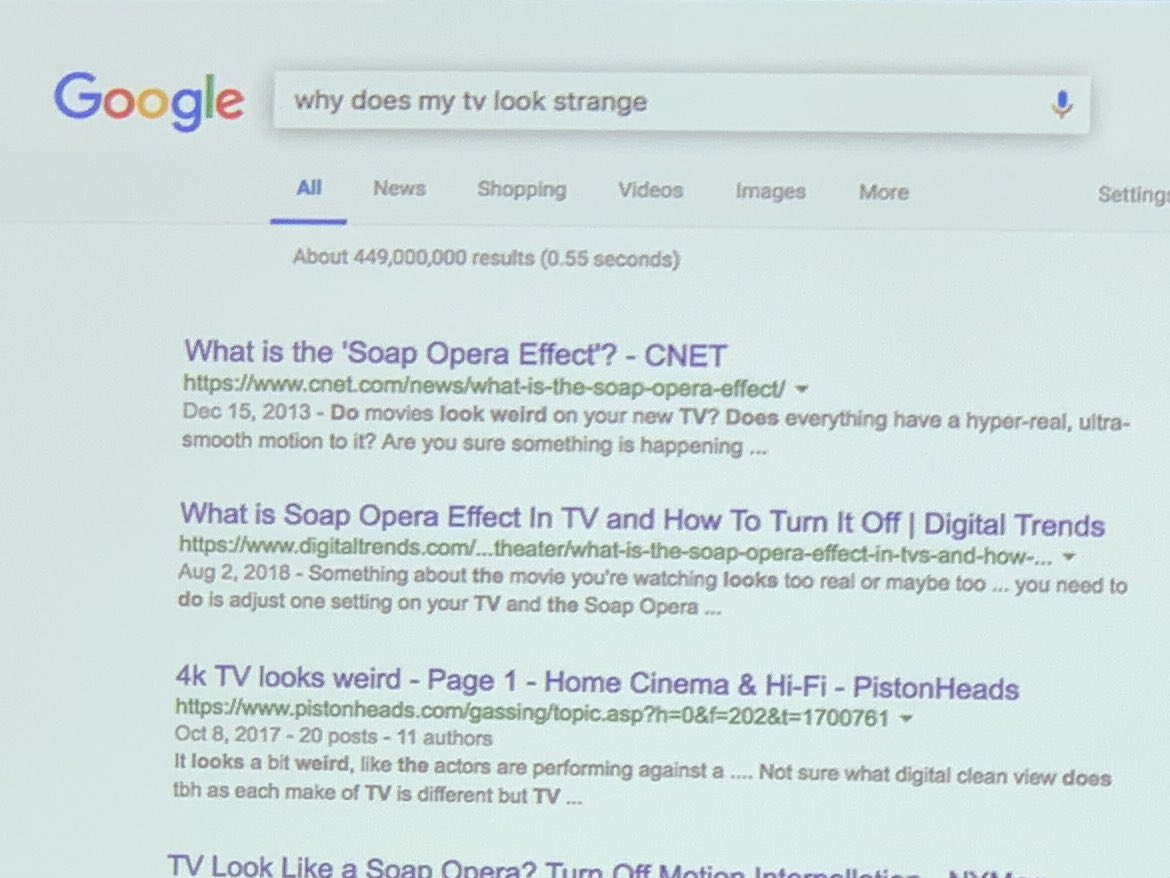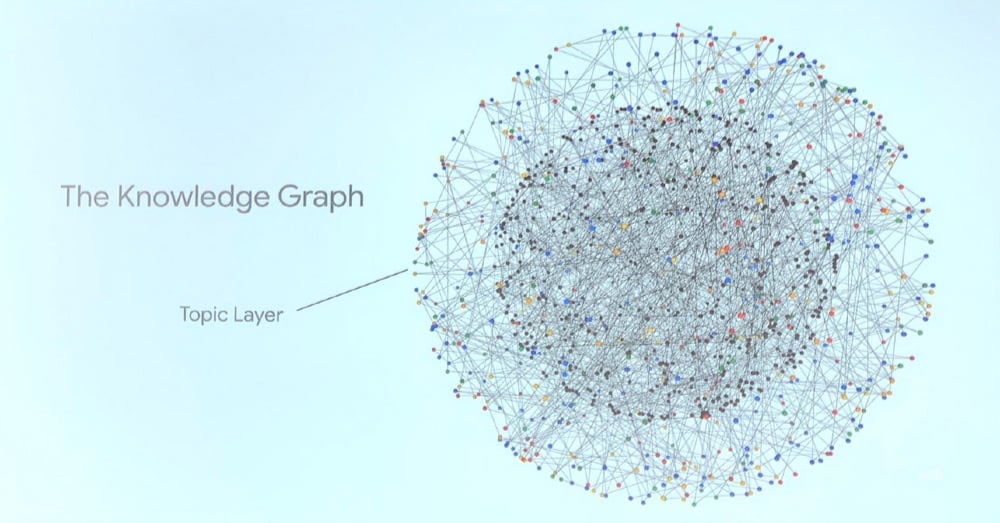Google at 20: Journeys, AI-driven results and visual search

It’s hard to imagine a life without a search engine that knows what it’s doing. I remember the days of AltaVista and co, search engines that just dump random pages on you for every given query. I was so excited to see Google enter the scene and immediately do everything right — the results were great, it was fast and it had no ads. Didn’t take long before I was hooked. But a lot has happened in the past twenty years and a lot will happen in the next. Starting today, Google at 20 is looking to change search for the next twenty years.
Google’s Future of Search Event
On Monday, Google held a small event to celebrate its 20th anniversary and it took the opportunity to offer a sneak peek at the coming years. Google introduced three paradigm shifts in how it sees search in the future, all in a move towards AI-driven search:
- A shift from answers to journeys
- A shift from queries to providing a queryless way to get information
- Plus, a shift from text to a more visual way of finding information
I’ll dive into this below.
Changing how search works: from answers to journeys
One of the biggest challenges search engines had to face was finding out what a user meant to do when he or she entered a specific search term. Search intent became some sort of holy grail that everyone was trying to get to first.
Today, we know all the different kinds of searches a user can do. We also know there are different stages in that process. One doesn’t often go from knowing hardly anything about a product to buying it in one single search, right? Weeks can go by before you enter the next step of the process. By matching your keywords and content to that intent, you can make sure your content fits, so to say.
Now, that user journey will become the focal point for Google’s future of search. Increasingly, Google will know where you are in the journey, remember what you did and where you most likely want to go. In the end, it wants you to discover and consume more content — even without you specifically asking for it. We’ll see Google provide more and more content instead of just pointing to other pages. But, hopefully, you’ll be a good boy and visit the sites of advertising partners.
AI-driven search
It was written on the wall for some time: Google uses AI to up its understanding of languages and uses that knowledge to power new types of search. We’ve been talking about context as one the most important terms in SEO for a while now here at Yoast. Now here’s confirmation that it really is all about what goes on around the terms you use in your content. Google Search Liaison Danny Sullivan said that the past months, Google has been using an AI method to better connect words to concepts. Danny calls these super synonyms. According to Google, 30% of the queries are affected by this type of search. Google at 20.
Ben Gomes, Google’s VP, Search, News and Assistant, explains this technique called neural matching:
“We’ve now reached the point where neural networks can help us take a major leap forward from understanding words to understanding concepts. Neural embeddings, an approach developed in the field of neural networks, allow us to transform words to fuzzier representations of the underlying concepts, and then match the concepts in the query with the concepts in the document. We call this technique neural matching. This can enable us to address queries like: “why does my TV look strange?” to surface the most relevant results for that question, even if the exact words aren’t contained in the page. (By the way, it turns out the reason is called the soap opera effect).”
Who knows, maybe your site can now show up in the search results without ever mentioning your keyword in your content once — just by providing all the context surrounding that particular topic, Google can match that to the query entered.

A Topic Layer for the Knowledge Graph
To make all these connections, Google introduced the Knowledge Graph years ago. The Knowledge Graph explores and understands connections between entities — i.e. people, places, things and facts about them. What it missed, was something that understands how these connections grow over time and change as people get to know more about the topic they’re interested in. That’s what they’re adding today in the form of the new Topic Layer.

Nick Fox, Google’s Vice President of Product & Design, Search and Assistant:
“The Topic Layer is built by analyzing all the content that exists on the web for a given topic and develops hundreds and thousands of subtopics. For these subtopics, we can identify the most relevant articles and videos—the ones that have shown themselves to be evergreen and continually useful, as well as fresh content on the topic. We then look at patterns to understand how these subtopics relate to each other, so we can more intelligently surface the type of content you might want to explore next.”
This new Topic Layer will power a lot of the changes that are coming to the search engine. You can easily see why it is getting incredibly important to know your subject inside out. Not only that, you need to know the world in which it lives and try to figure out how the connections are made exactly.
Manage searches and discover new content: Activity, Collection and Discover
Google’s new AI powers drive the innovation of new ways of surfacing and collecting search results. One of the features launched yesterday was the Activity tab. The Activity tab helps you retrace your steps in search. It shows you which sites you’ve visited during a particular session. This tab — visible only to you — will only appear on searches where it makes sense according to Google. It will arrive with suggested searches as well. Of course, you can always delete it.

Another way to keep track of what you are doing is by using the new Collections tab. This tab lets you collect searches from your Activity cards in groups so you can use them at a later date. Of course, you’ll also get content suggestions to deepen the knowledge of your subject/search etc.In the search results itself, searches that can result in a very broad result will now be supported by much more contextual information. Here’s Nick Fox again:
“Rather than presenting information within a set of predetermined categories we can intelligently show the subtopics that are most relevant to what you’re searching for and make it easy to explore information from the web, all with a single search.”

Another way AI will drive traffic is Google’s news feed on mobile — renamed Discover. It has proven to be a source of traffic for many sites. It now has over 800 million users and has sent 2.5 times more traffic to publishers over the last year. The feed will also use the new Topic Layer to uncover new articles relevant to the interests of the user. It suggests content without intent: the user might not even know he or she wanted to read this. The more you use it, the more it knows what you like. It even changes content based on the intent you show in search. Google at 20.
Moving to visual search: Google at 20
The move to a more visual style of search has been written in the stars for some time. Not just Google, but also Microsoft and Pinterest have been very active in this space over the past few years. Earlier this year, Google launched the new and improved Lens app. This AI-powered visual search tool can analyze text in photos and it can show you lookalikes of items in the photos all by pointing your camera to the item. Desktop search will now get a Lens feature as well, so you can analyze what’s in a photo and continue your search on that.
Google is also introducing featured videos into the results. These videos are carefully selected and should serve as an entry point into a subject. Google uses computer vision to analyze video’s and automatically select the pieces of a video that best fit the particular topic.
Tomorrow, 27th of September will see the release of a new desktop interface for Google image search. The interface will provide much more context surrounding the images and should make visually search much more satisfying. Related search terms will help you narrow down your search even more.

The last piece in the visual search puzzle is the launch of AI-rendered, AMP-powered Stories in the search results. Whether you love it or hate it, Google continues to push AMP. This time, we get AMP Stories in search. Stories are a concept done to death by other companies, like Facebook and Instagram, but Google wants to get publishers to adopt the story format as well. It won’t be long before this will be ad-supported of course.
A lot of stuff happening Google at 20
On the surface, it might look as if search hasn’t changed a lot over the course of twenty years. We still enter a search term into a box on a white page, press enter and get results. How these search results are generated has always been a work in progress. The way they are selected and sorted will forever be in the hands of ever-changing algorithms. Google now wants to get more control over how people interact with search and its results. It is looking for more ways to get people inside the results and keep them there. Very interested to see how this plays out.
Read Google’s blog posts about these changes:
- Improving search for the next 20 years
- Helping you along your search query
- Introducing Google Discover
- Making visual content more useful in search
Read more: Why every website needs Yoast SEO »


Discussion (13)